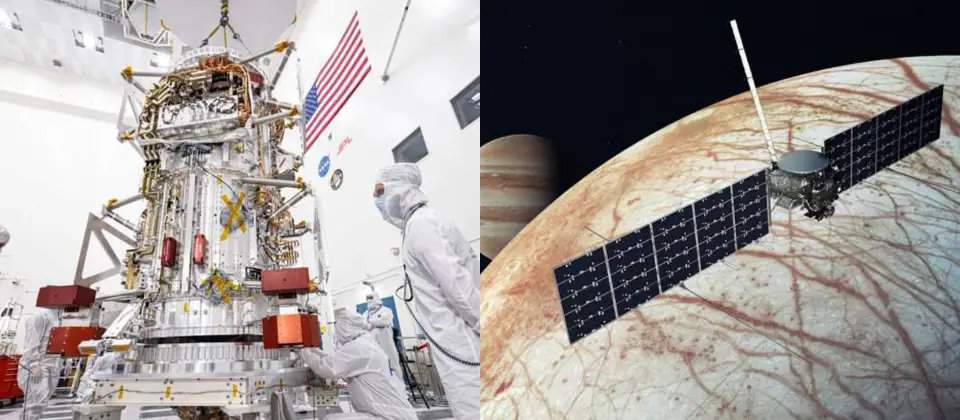A shape-shifting robot built by the inventors of Transformer has finally landed on the moon aboard a Japan Aerospace Exploration Agency’s (JAXA) lunar expedition. The Lunar Excursion Vehicle-2 (LEV-2), dubbed SORA-Q is an ultra-compact, deformable lunar robot.
JAXA built the robot in partnership between Japanese toy manufacturer Takara Tomy, JAXA, Sony Group, and Doshisha University. It landed on the lunar surface aboard the Smart Lander for Investigating Moon (SLIM) spacecraft during JAXA’s “Moon Sniper” mission that recently landed on the moon.
This mission aims to demonstrate movement capabilities and autonomous functionalities while exploring the elevated gravitational conditions of the moon’s surface.
The Innovative Features of Shape-shifting Robot
Engineers at JAXA’s design department encountered the issue of building a compact and lightweight lunar probe that is compactible enough to explore the lunar surface on its own outside the main lander. Hence, they found an alternative means of developing a compact that would be straightforward and strong enough to operate on the harsh nature of the moon’s surface.
The team found innovative solutions to this challenge in a company known for manufacturing toys. The firm, Takara Tomy used its knowledge in crafting toys to develop SORA-Q to be as small as possible and also has reduced weight. The company also revealed that it added technologies associated with metamorphic mechanisms to the development process of SORA-Q.
Takara Tomy hopes that SORA-Q will inspire children’s curiosity in learning more about natural sciences and also inspire them to become interested in exploring the universe.
How SORA-Q landed on the moon
SORA-Q comes with an initial spherical configuration. It comes with a diameter of about 8 centimeters, which implies that it is larger than a baseball with just a tad. Once the lunar lander approaches a height of approximately two meters, it will release two of its LEVs into the air.
As SORA-Q lands on the moon, it will undergo a metamorphosis to separate its two halves into wheels with autonomous control. Once in this configuration, its stabilizing wishbone-shaped tail will emerge from its rear, while a camera module will come out from its central core.
The primary mission of Shape-Shifting Robot on the moon
As soon as SORA-Q changes into a mobile configuration, it will study some captured images to measure its relative orientation and position in line with the SLIM spacecraft. After that, the shape-shifting robot will proceed to separate itself from the SLIM spacecraft. Takara Tomy revealed that several images will be captured and relayed to the Earth’s surface via LEV-1, which will be accompanied by pertinent motion data.
“SORA-Q will travel on the lunar surface and take pictures of the lander and its surroundings with its onboard camera. Once the mission is complete, it will stop acting and remain on the moon,” according to Takara Tomy’s website.
SORA-Q comes with an internal battery that lasts for just two hours of operational energy. Hence, once the battery is exhausted, the rover will stop functioning at once. But, if SORA-Q accomplishes its goals, the design could still be active.
“For the future, we are investigating decentralized systems where an assortment of robots, varying in size, collaboratively undertake diverse tasks as a collective entity. SORA-Q could potentially play a role in such a scenario,” Daichi Hirano, an associate senior researcher at JAXA’s innovation hub, revealed to The New Yorker.
Let’s hope that the rover accomplishes its primary goals and objective on the lunar surface.
Best Astrophotography Cameras and Telescopes



